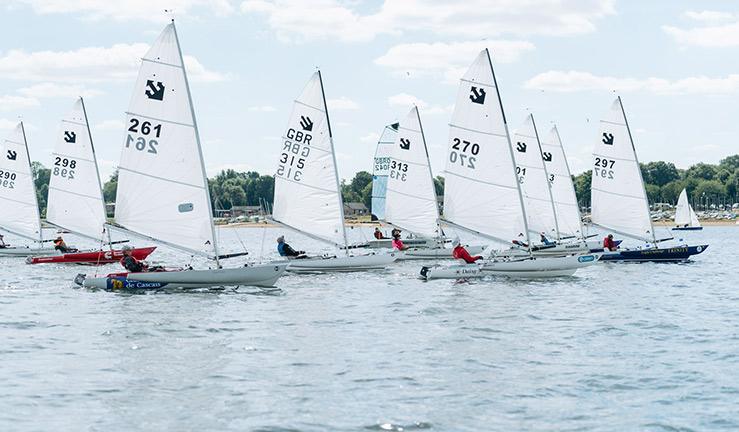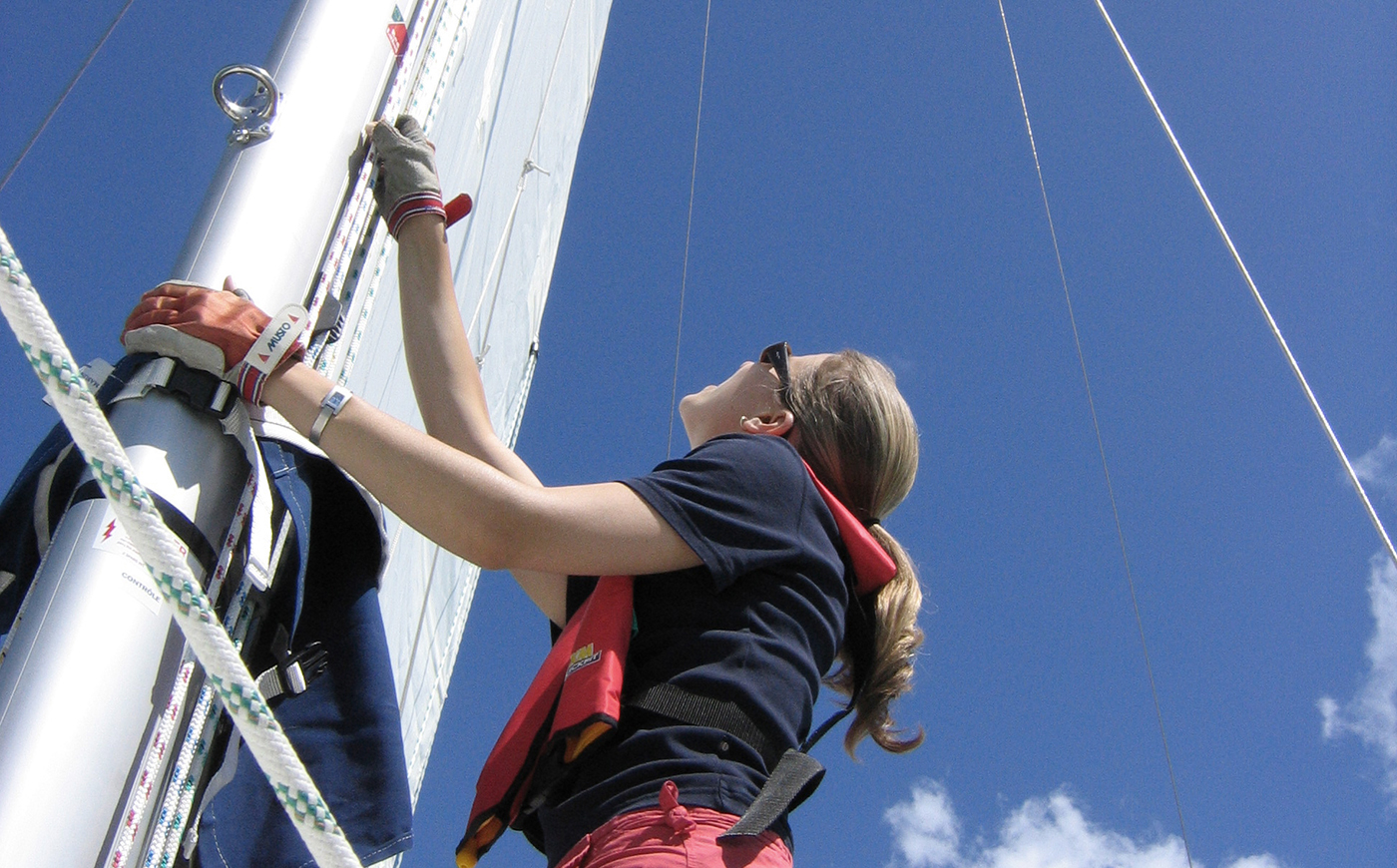Do you know your points of sail?
Navigating the basics of sailing: A beginner's guide to the points of sail

When sailing there are different 'points of sail' to consider, which refer to your boat's course in relation to the wind.
Skilful sailors are always wind-aware, working out where the wind is coming from and how hard its blowing. It’s important to remember that the wind changes direction and the more you practice identifying where the wind is coming from, the more instinctive it becomes.
When starting out in sailing, it’s important to learn about the different directions you can safely and effectively sail your boat. These are called the points of sail. There are seven main points to know about and each one refers to your boat’s course in relation to the wind.
Let’s have a closer look at each of the points of sail:
.jpg)
- No go zone: This is the direction that you can’t sail in. Your sails will start to flap, and your boat will come to a stop.
- Close hauled: This is as close to the wind as you can go. You'll need to make sure your sails are pulled in nice and tight.
- Close reach: Not quite as tricky as close hauled, with close reach you’ll need to let your sails move about a bit.
- Beam reach: This is the fastest and easiest point of sail. The wind will be on the side of your boat (beam) and you’ll sail with your sails out halfway.
- Broad reach: On a broad reach you’ll be heading a bit further downwind, so you'll have to let your sails out a bit more.
- Training run: Here, the wind will be slightly to one side of your stern making it a bit easier to steer than in a dead run.
- Run: With the wind directly behind you this is the trickiest point of sail to steer as it can be quite unstable. On a run your sails can be let out on the opposite side of the boat to catch the wind, sailing goosewinged, or with a big sail called a spinnaker .
By understanding the different points of sail, you can adjust your sails to control and optimise your boats speed. You can also steer your boat to make the most of the wind and move more efficiently through the water. Remember, practice is key, so get out there and have fun!
Essential sailing terms for beginners

Sail Trim
Every time you change sailing direction, even if it’s just for a short time, you'll need to trim your sails depending on your heading. As you turn toward the wind, this is called 'heading up' and you must pull your sails in, ‘sheeting in’. When you turn away from the wind, ‘bearing away’, you'll need to let the sails out, or ‘ease the sheets.’
Sailing Upwind
You can sail in any direction except directly into the wind, in the no go zone, about 40 degrees off the wind is about as close as you can get. So, if you want to sail upwind you need to zigzag from side to side of the no go zone. This is called beating to windward and involves tacking your boat through about 90 degrees from close hauled to close hauled through the no go zone.
For more information about identifying the different points of sail get your copy of RYA Start Sailing!
To further develop your sailing knowledge and skills take a look at our range of courses or find your local club or training centre.
